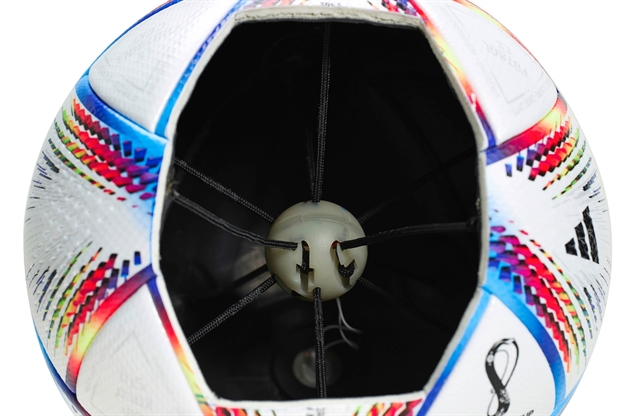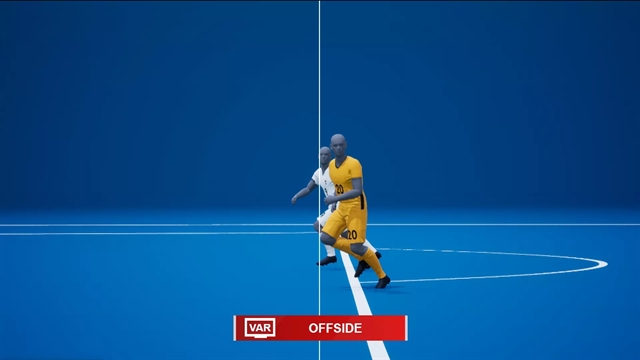 Sports
Sports


|
| Minh Nguyễn |
Minh Nguyễn
This year’s World Cup has been known for several unique traits that have never occurred before. For starters, it is in winter instead of the traditional summer. It is also the most expensive World Cup ever, with a estimated bill of around US$220 billion, the ban of alcohol and more. However, not everything about the tournament this year is controversial. It has introduced to us some of the most advanced technology the sport has ever seen. So I thought I'd use the opportunity to get technical!

|
| The Al Rihla ball. Photo courtesy of Adidas |
The Al Rihla ball
The 2022 World Cup’s ball is absolutely unique. Its leather has an Inertial Measurement Unit sensor which can detect the exact moment the ball is hit, without negatively affecting the performance. It is utilised with the 12 cameras placed in various places across the stadium in order to provide all the necessary info to the referees and managers. Indeed, the data not only helps the officials, but also aids the coaches on their players as well as the opponents.
Semi-automated offside
Normally with the use of VAR, the video team still has to spend a little time re-watching the footage so as to determine if the play has been offside or not. Nevertheless, the aforementioned Al Rihla ball as well as the camera system will alert the VAR team automatically about the offside decision, which will allow the decisions to be made more quickly and precisely. This system has been successfully tested at some of the previous FIFA tournaments, including the Arab Cup and the Club World Cup, both in 2021. However, this technology still sparked some controversies in some of the matches so far, including the first disallowed goal from Ecuador in the opening match.

|
How the semi-automated offside is portrayed in 3D
Better experience for fans
FIFA has introduced a mobile app which enables fans to track every single player’s statistics in the tournament. This is very convenient for us as we don’t have to search for a different website to check our favorite players. Moreover, we can see these numbers anywhere as we always bring our smartphones along.
Broadcasting has also become more and more advanced through the years, as the number of TV channels and websites that offer us World Cup experiences have increased by a large number compared to the previous tournaments. Additionally, the quality of the broadcast has also improved a lot, with 4K being the norm these days.
Enhanced security for fans at the stadium
Safety for supporters has always been a great concern for every major tournament. With the aim of guaranteeing this issue, the board has installed an estimated 15,000 cameras with facial recognition in order to identify any wrongdoers, as well as to prevent terrorism, which has been a concern for a long time in the Middle East.
So there you have it. The World Cup organisation has so far raised a few eyebrows to say the least. But one thing's for sure, it is the most high-tech tournament the game has ever seen. VNS

|